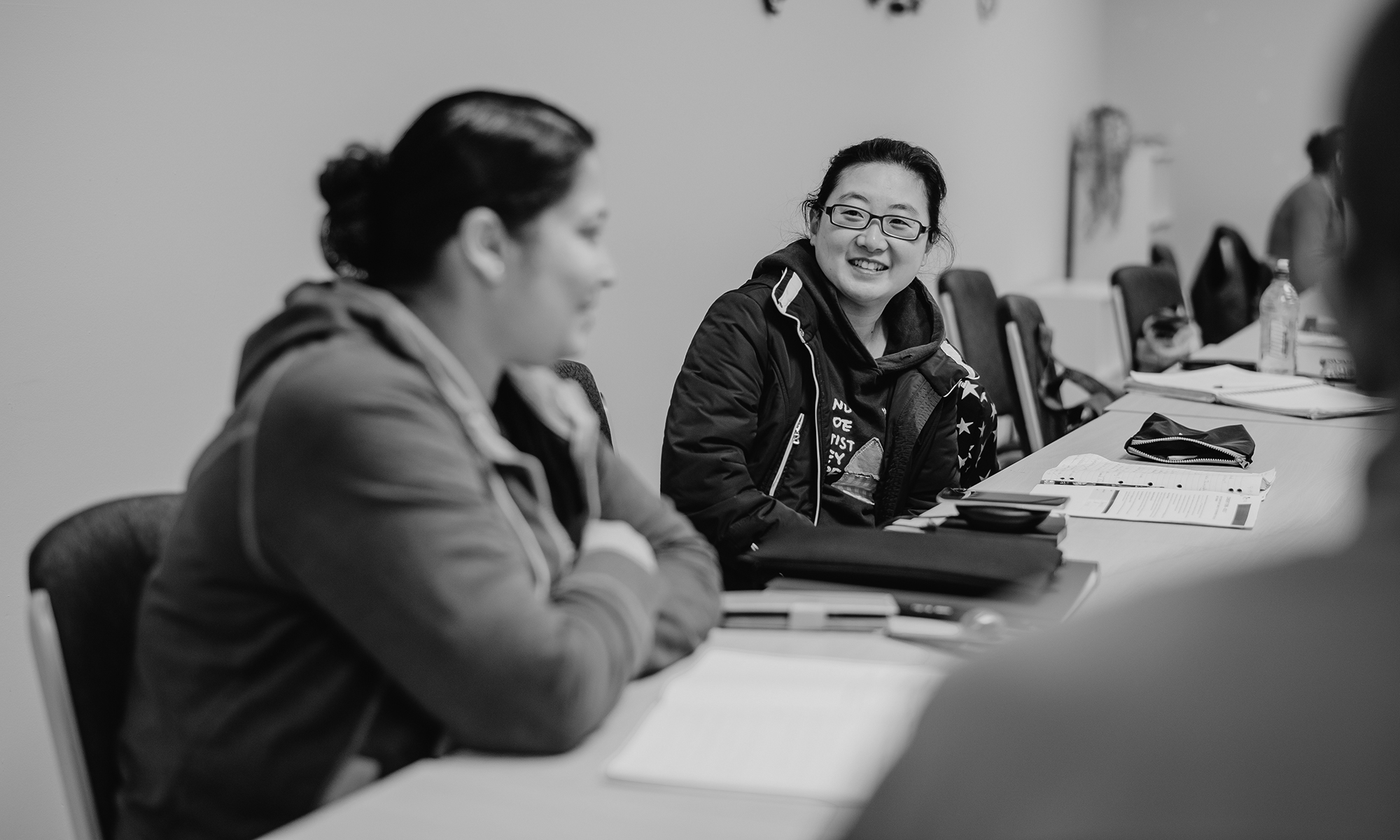Author: Héctor S. Melero and Inés Gil-Jaurena
Universidad Nacional de Educación a Distancia (UNED)
Edition: Volume 59, Number 3, November 2019
Introduction:
We learn and teach democracy by making democracy (Freire, 1997, p. 99)
Individuals learn to participate by participating (Pateman, 2012, p. 10)
Learning in social movements has been studied using different approaches, such as critical pedagogy, public pedagogy and adult education (Ollis, & Hamel-Green, 2015). While in the field of formal education, the focus is usually on ‘education for citizenship’ or ‘citizenship education’ (Schugurensky, 2006, 2010; Schulz, Ainley, Fraillon, Losito, & Agrusti, 2016; Tawil, 2013), educational studies that focus on social movements can be classified into two large unrelated groups (Niesz, Korora, Walkuski, & Foot, 2018). One explores the influence of social movements in formal education, with diverse approaches and little connection among them. The other studies learning in social movements, mostly inserted in the field of adult education and that form a corpus of interrelated and expanding knowledge. However, there are still few works that arise from an idea of complementarity or that have a double focus on citizen education that leads to activism, and activism as an educational process (Davies, Evans, & Peterson, 2014). Our previous studies arose from the idea of complementarity and an understanding that in order to formulate proposals for citizenship education, the object of study must be how citizenship and participation learning happens. That is, trying to understand the learning experiences of activists and the learning that takes place in spaces of participation, such as social movements, to formulate educational proposals (Gil-Jaurena, Ballesteros, Mata & Sánchez-Melero, 2016; Melero, 2018).
Keywords: social movements, learning, social transformation, consensus, participation, qualitative research, Spain
![]()
![]()
![]()
![]() Share a copy of this abstract.
Share a copy of this abstract.
This article is part of AJAL, Volume 59:3. The entire volume is available in .pdf for purchase here.
